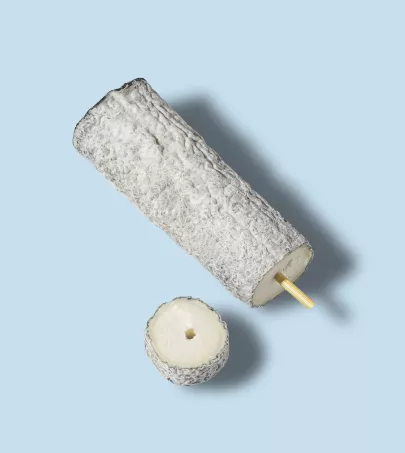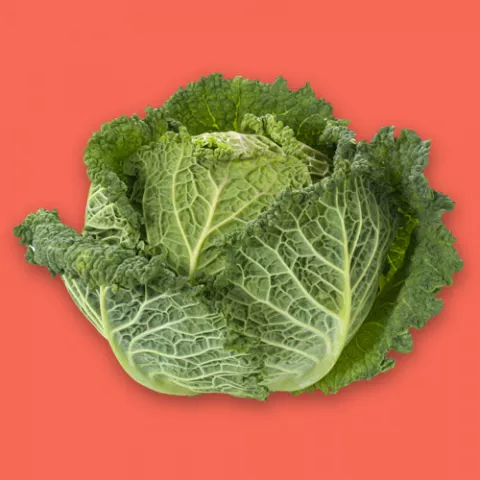
It was the ambition of Jean-Baptiste Colbert that led to the creation of Mimolette in the 17th century. It is recognizable by its bright orange, uncooked, pressed paste and round shape.
What you need to know
With France and Holland at war, France's First Minister Colbert banned imports of Dutch cheese and instructed French cheesemakers to come up with their own version of Edam. The result was Mimolette. Edam does differ from the French cheese however, in that it has a cream-colored paste and a paraffin wax rind.
For a long time, Mimolette was known as the "Boule de Lille" (Ball of Lille) or "Vieux Hollande" (Old Holland). It is made from cow's milk and has an uncooked, pressed paste. It has a spherical shape, flattened slightly at the top and bottom, and a bright orange color which comes from roucou, a natural plant dye. It has a natural, irregular rind. First created in French Flanders, nowadays Mimolette is produced in several other areas but is usually ripened in its native region. This ripening process can take up to two years. Young Mimolette has been ripened for 3 months, the semi-mature variety for 6 months, the mature variety for at least 12 months and the extra-mature variety for at least 18 months. Mature and extra-matured Mimolette were awarded the Red Label quality mark in 1989.
Characteristics
Look
Taste
Nutritional benefits
Mimolette is rich in protein and is an excellent source of vitamins A, B2 and B12.
Editor's note
How to use
Preparing and Serving Mimolette cheese
Mimolette is usually sold in slices (when young) or in a portion, which is then laid on its side and cut into wedges, at an angle from the middle of the point to the edges of the cheese. The more mature cheese is too hard to be cut and is broken up into pieces or cut into shavings with a cheese plane.
Pair with
Savory: nutty, veal, chives, green apple
To drink: dark beer with extra-mature Mimolette, a red Touraine Chenonceaux PDO, red Valençay AOC or red Côtes d'Auvergne AOC with the younger cheese.













